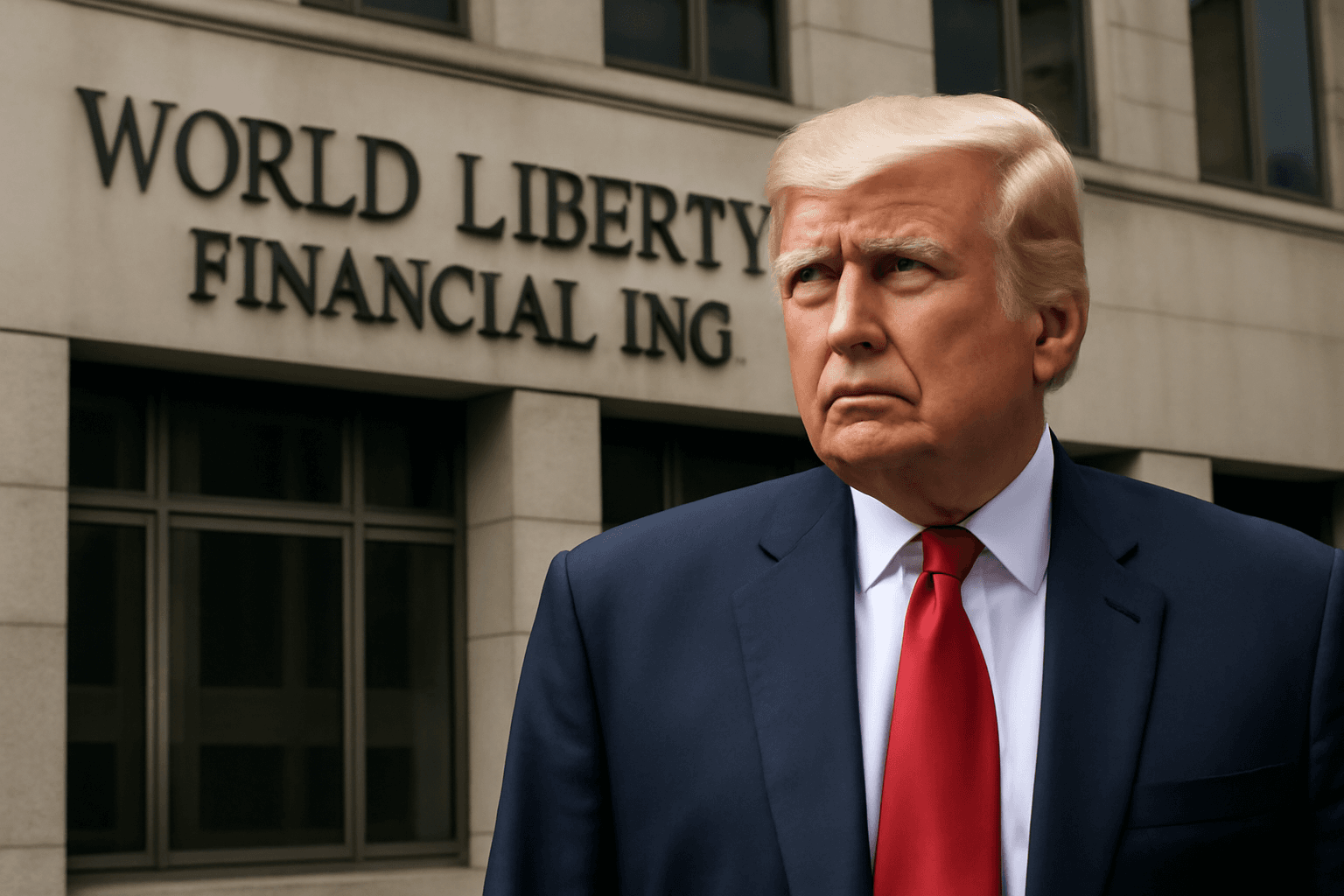Bitcoin Poised for Record-Breaking Rally in Second Half of 2025
After a measured consolidation phase in the first half of 2025, bullish sentiment is mounting among investors who predict that Bitcoin is on the cusp of surging to new all-time highs in the coming months. Despite mixed monthly returns and price fluctuations confined within a tight range, Bitcoin’s resilience has set the stage for a potentially historic rally.
Corporate Treasuries and ETF Adoption Drive Optimism
One of the most compelling catalysts fueling this renewed optimism is the growing trend of publicly traded companies increasing their exposure to Bitcoin on corporate balance sheets. These "bitcoin treasury companies"—including firms like Nakamoto, Twenty One, and Strive Asset Management—are pioneering how corporations treat digital assets as strategic reserves.
Devin Ryan, head of financial technology research at Citizens, highlights that this movement represents a significant shift: “We’re witnessing the early stages of treasury strategies becoming mainstream, with more capital flowing into Bitcoin than ever before. Barriers to mass adoption are gradually dismantling, signaling that the consolidation phase is ending and the price trajectory is set upward.”
Legislative Momentum: Congress Nears Crypto-Friendly Policies
Another powerful tailwind is the advancing federal regulatory framework targeting cryptocurrencies. The GENIUS Act, a stablecoin bill designed to bring clarity and security to digital asset investments, is expected to pass through Congress in the third quarter, potentially unlocking retail investor interest and expanding market participation.
Geoff Kendrick, Standard Chartered’s global head of digital assets research, notes, “The passage of this legislation could serve as a gateway for new retail investors, with Bitcoin positioned as the primary beneficiary amid regulatory confidence.”
Market Dynamics and Macroeconomic Context
Bitcoin’s journey to this promising juncture also coincides with a volatile and complex macroeconomic environment. Anticipated fiscal spending increases in Washington, alongside aggressive stock market highs, amplify the positive financial ecosystem around digital assets.
Steven Lubka of Nakamoto points out, “Bitcoin’s maturation as an asset class aligns with significant inflows from new financial instruments and corporate treasuries. Coupled with a pro-Bitcoin administration and an evolving economy, these factors collectively set the stage for a substantial bullish run.”
Challenges Ahead: Understanding Bitcoin’s Four-Year Cycle
Despite the strong catalysts, some analysts caution about the historic cyclicity of Bitcoin’s price behavior. Typically, post-halving supply reductions lead to a market peak followed by a correction roughly 18 months later. With the most recent halving occurring in April 2024, September could bring short-term volatility as market participants wrestle with these expectations.
Kendrick explains, “Though some fear a cyclical downturn, the increasing volume from ETF adoption and treasury inflows may counterbalance potential sell-offs. We remain confident that these mechanisms will support ongoing price appreciation.”
Price Projections and Investor Outlook
- Current Trading Price: Approximately $108,000, just below the May all-time high of $111,999.
- Third Quarter Forecast: Expected to reach $135,000 as regulatory clarity and treasury buying intensify.
- Year-End Target: Analysts predict Bitcoin could soar to $200,000, propelled by intersecting economic and legislative momentum.
Editor’s Note
Bitcoin’s trajectory in 2025 is a fascinating interplay of innovation, regulation, and economic forces converging to reshape the digital asset landscape. While strong institutional interest and supportive policy serve as major growth engines, prudent investors should also watch for cyclical market patterns and ongoing regulatory developments that may introduce volatility.
As Bitcoin gradually cements its role as a mainstream treasury asset and retail investment option, critical questions linger: Will institutional demand sustain momentum through macroeconomic uncertainties? Can regulatory frameworks balance innovation with protection effectively? Understanding these dynamics will be vital to navigating the evolving cryptocurrency frontier.
Ultimately, Bitcoin’s journey this year underscores how technology, policy, and capital flows are rewriting the rules of finance, inviting us all to rethink the future of money.



















